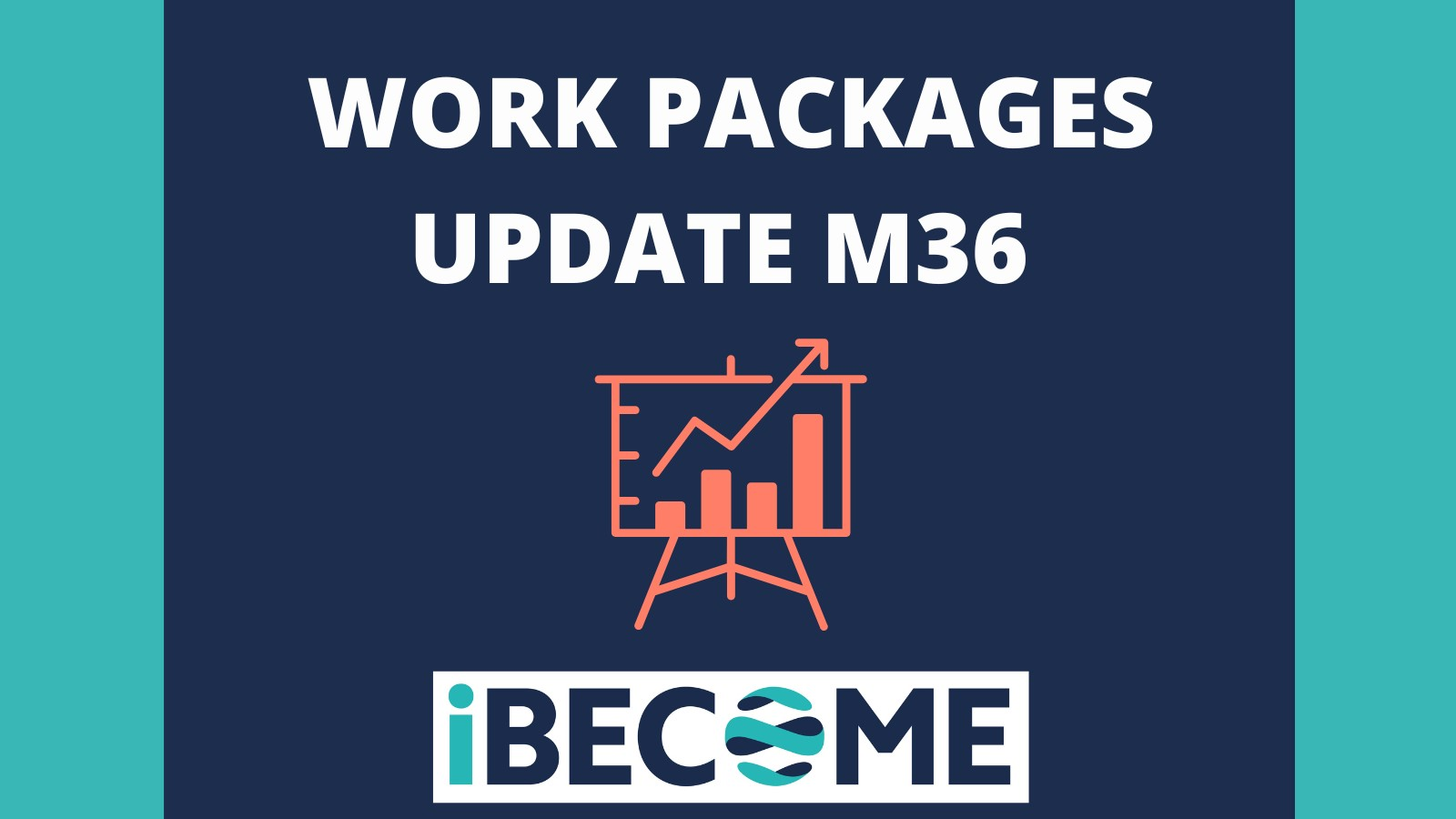Below is an update on activity in the work packages of the iBECOME project between month 30 and month 36.
WP4 Demonstration in operational efficiency
Integration and tests of the main components of the virtual BMS:
- IMR MQTT Broker
- Schneider Electric Cloud Enterprise service
- IES iSCAN
- Viotas DR
Refinement of the use cases definition for both Country Crest and Helix Building.
Data collected from the IoT devices can now be visualised in iSCAN, and it is also available through an API. Rules and analyses can now be made, thus enabling the deployment of services.
Tests have been conducted for the following services:
- Energy and Comfort optimisation.
- Fault Detection and Diagnosis.
- Demand Response.
- Predictive Maintenance
There have been discussions about What-ifs and Measurement and Verification scenarios, such as operational energy conservation measures, deep retrofit, and the introduction of renewables in the pilot sites.
WP5 – Demonstration in retrofits
For the French demo in World Trade Center, Grenoble the following updates have happened:
- Baseline conditions have been captured through surveys circulation, to characterize indoor comfort conditions
- Additional sensors and meters have been deployed. These new devices are connected to the BMS and data are collected and received by SE server and uploaded into iSCAN platform
- Setpoints of HVAC systems can now be modified remotely
- Use-case have been defined with the partners in charge of the development of the services. Preliminaries scenarios will be tested during cooling season for comfort optimization and FDD and PdM models will be trained based on the new data collected.
A building in Italy has been identified as a new use-case for the project:
- This new building is a retirement home located in Venzone
- Building model will be developed by R2M and additional material will be soon installed to deploy iBECOME solution.
WP6 – Business model development
R2M Solution has recently joined the iBECOME consortium, and will be working in the development of the tools to assess the business model of iBECOME as software-as-a-service (SaaS) under different boundary conditions.
The methodology identified for BM development is as follows:
- Development of preliminary business model – it is developed as based on the information collected from preliminary market analysis and stakeholder analysis (Top-down approach).
- Validation of business models in real life cases– Thus identified business model are validated on real life scenarios (i.e., on pilots) weighing the assumptions against the real customer need and requirements. This will be done by providing questionnaires or conducting virtual/physical workshops/meetings.
- Financial Analysis (Cost-benefit analysis) – A cost benefit analysis will be done to assess the commercial feasibility or bankability of iBECOME business models.
- Refinement of initial business model – Based on the feedbacks received from pilots and cost benefits analysis, refinement of the initial business model and value proposition so as to adapt to real life needs (Bottom-Up approach).
All these aspects will be important in the evaluation of the bankability KPIs of complex projects and for the implementation of the Agile and Enhanced Energy Performance Contracts (EPC) under development.

